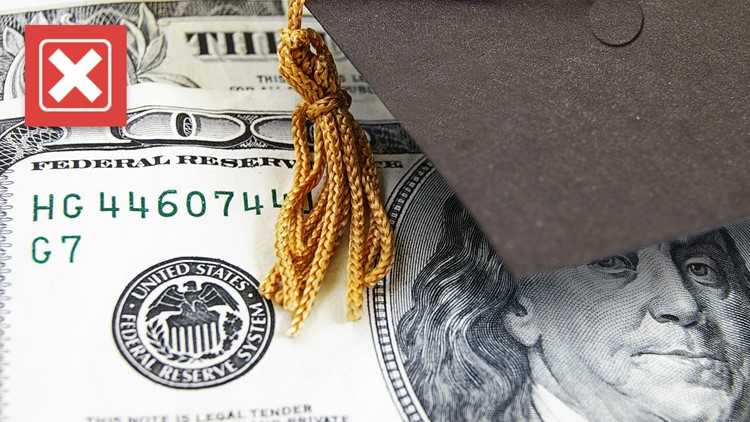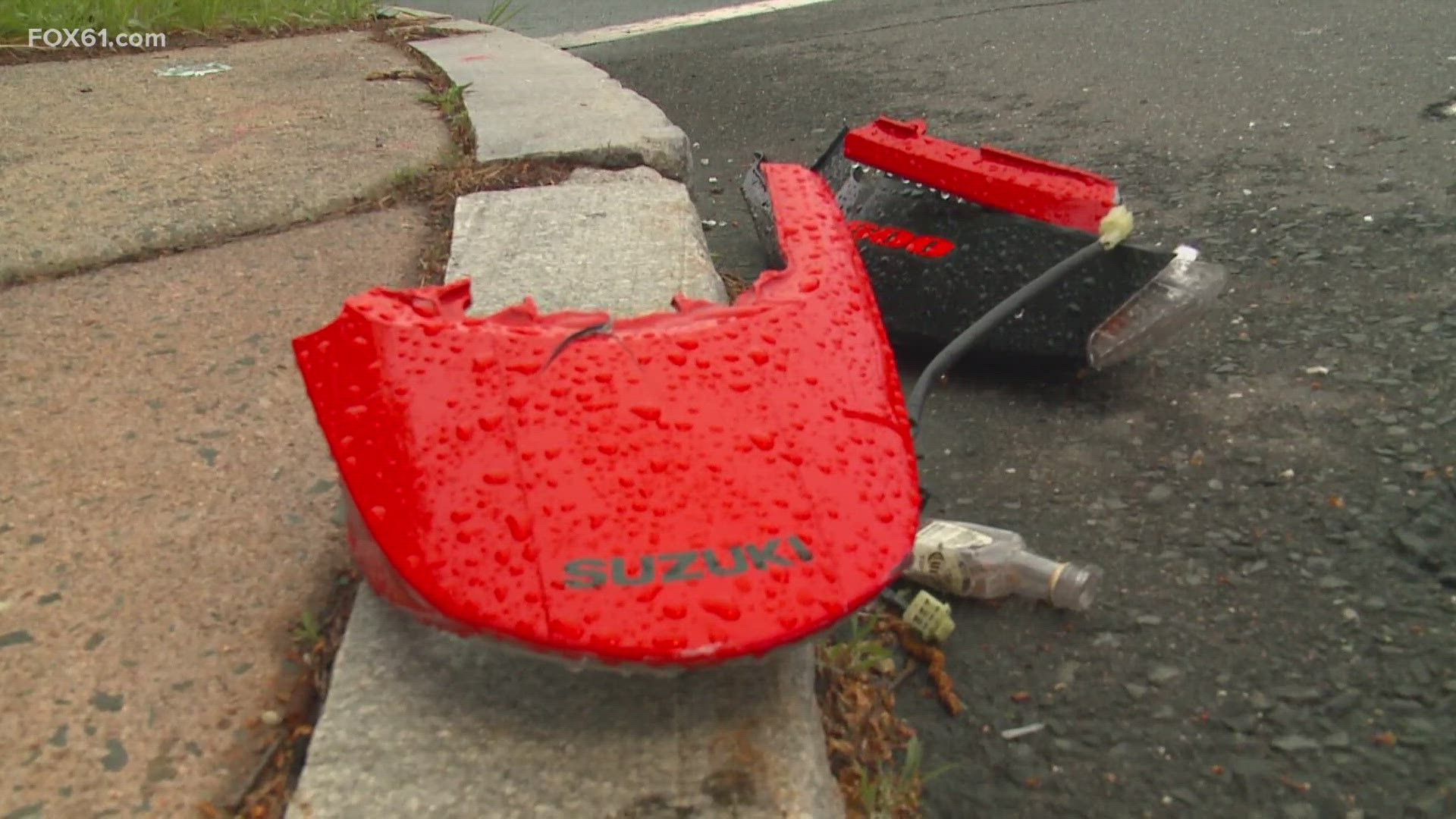In June 2023, the Supreme Court put a stop to the Biden administration’s plan to forgive $10,000 or $20,000 in student debt for most student borrowers.
Less than a month later, the U.S. Department of Education announced it was forgiving student loans for some borrowers on Income-Driven Repayment (IDR) plans. Google search interest then surged for topics like student loans, Joe Biden and the Supreme Court.
THE QUESTION
Do qualified borrowers have to do anything to receive forgiveness from the one-time IDR adjustment?
THE SOURCES
THE ANSWER
No, qualified borrowers do not have to do anything to receive forgiveness from the one-time IDR adjustment.
WHAT WE FOUND
On July 14, 2023, the U.S. Department of Education announced it would forgive a combined $39 billion in student debt for more than 800,000 borrowers on Income-Driven Repayment (IDR) plans.
“Eligible borrowers will be informed by the Department starting today that they qualify for forgiveness without further action on their part,” the Education Department wrote. “Discharges will begin 30 days after emails are sent.”
IDR plans allow borrowers to make lower monthly payments depending on their income. Generally, borrowers on IDR plans are required to make payments for 20 or 25 years — 240 or 300 months — depending on their specific kind of IDR plan. After they’ve made 240 or 300 months of payments, any remaining loan balance is forgiven, the Education Department’s Federal Student Aid website says.
The Department of Education is adjusting the way it counts the months borrowers are credited for so that borrowers receive credit for months they were not credited for before. Now credit will be given for:
Any month in which a borrower was in a repayment status, regardless of whether payments were partial or late, the type of loan or the repayment plan
Any period in which a borrower spent 12 or more consecutive months in forbearance
Any month in forbearance for borrowers who spent 36 or more cumulative months in forbearance
Any month spent in deferment (except for in-school deferment) prior to 2013
Any month spent in economic hardship or military deferments on or after January 1, 2013
For some borrowers, this may mean receiving additional years of credit toward loan forgiveness. If those additional years or months push a borrower past 20 or 25 years of payments, those loans may immediately qualify for forgiveness, the Consumer Financial Protection Bureau says.
Borrowers will be notified by their student loan servicer after their debt is forgiven. Anyone receiving forgiveness will have their scheduled repayments put on hold until the forgiveness is processed.
The Education Department first announced its intention to adjust IDR plans in this way back in April 2022, several months before the Biden administration announced its plan for student loan forgiveness of $10,000 or $20,000 for most student borrowers.
The IDR adjustment plan is unrelated to June 2023’s Supreme Court decision and is not affected by it. Student loan interest will begin accruing again on Sept. 1, 2023, and student loan payments will resume the following month, in October.



